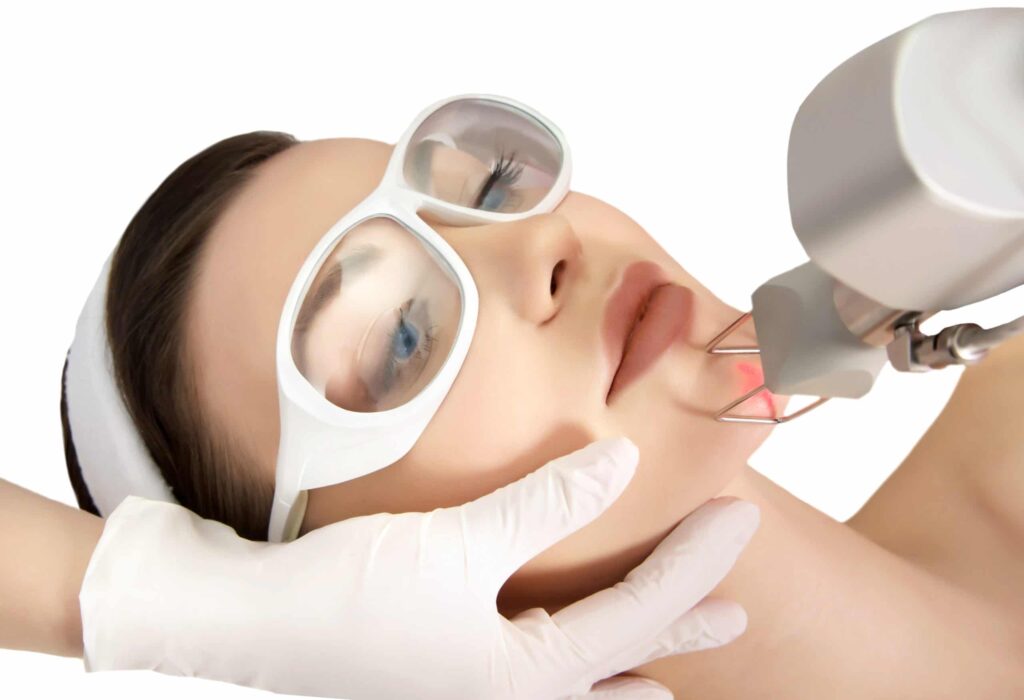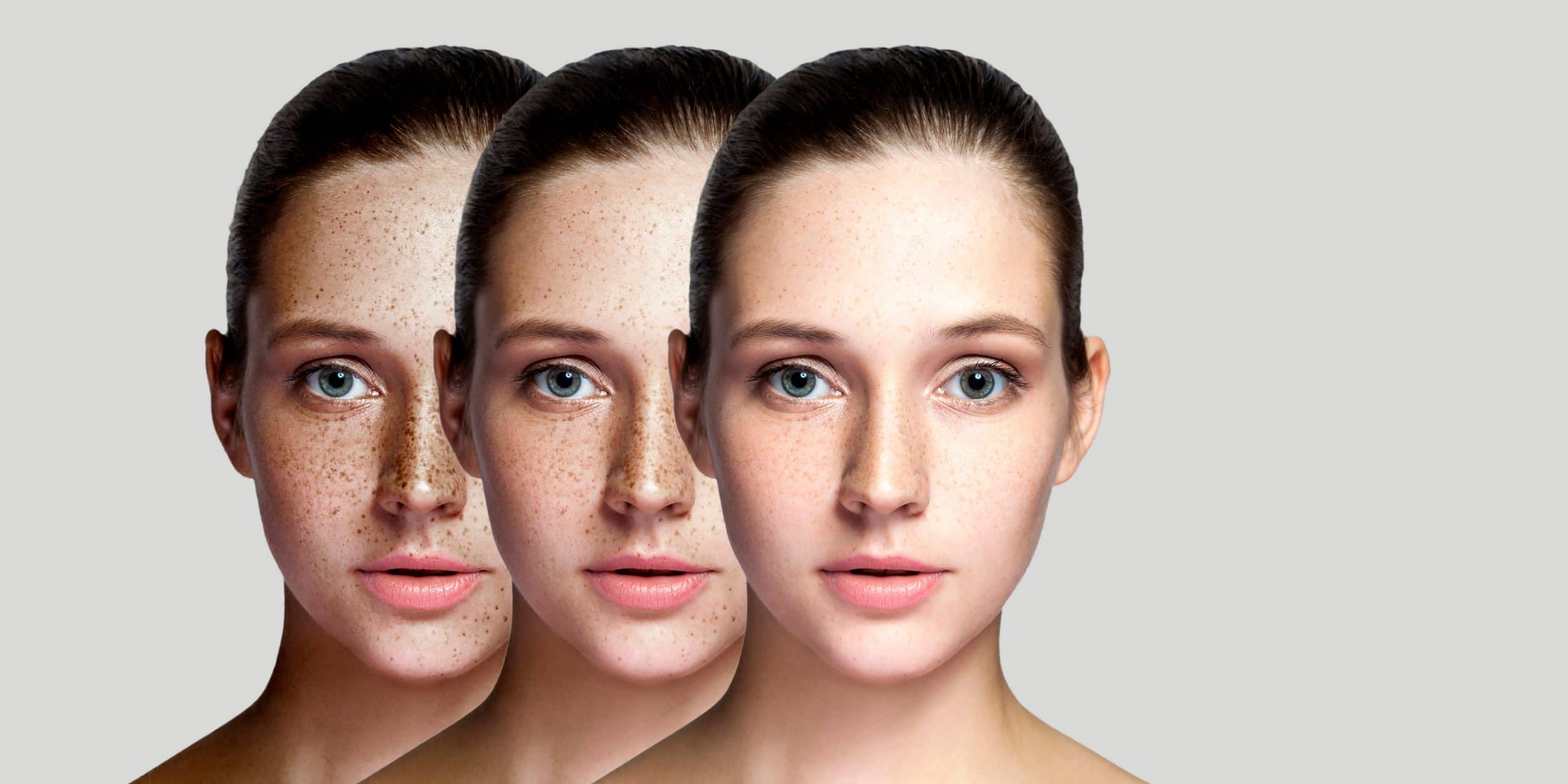
Does PicoCare Laser For Melasma Removal Work?
- March 18, 2022


‘Pico’ laser isn’t just a cutesy name (you’re thinking of Pikachu!), nor is it the brand name of a laser machine. It is a laser technology that delivers ultra-short high speed laser beams in picoseconds. A picosecond is 1/1,000 of a nanosecond, or one trillionth of a second.
Pico lasers help to reduce skin discolorations and improve the production of elastin and collagen.
Instead of solely using heat energy, PicoCare uses energy wavelengths to penetrate skin layers rapidly (remember, picosecond = trillionths of a second).
Also Read: 3 Reasons Why Your Skin Should Be Treated With Pico Laser
The speed of this energy causes the shattering of tiny particles of pigment in the skin without burning surrounding tissue. Less heat means less tissue damage and discomfort. Hence, Pico laser treatment in Singapore is suitable for those with darker skin and those experiencing redness, uneven skin texture, and skin discoloration.
Melasma is a form of hyperpigme ntation that forms dark patches on the skin. It often happens after pregnancy (called ‘chloasma’, or ‘pregnancy mask’) although the exact mechanisms behind why it happens to certain females is not fully ascertained. Those at increased risk for developing melasma are those who have:
Melasma is generated by melanocytes which exist at the bottom of the epidermis. The Pico laser treatment in Singapore for melasma targets the excessive melanin on the stratum corneum and epidermis, which gives melasma its dark and patchy appearance. As mentioned above, the PicoCare laser treatment blasts the particles of pigment in the skin so that they can naturally be absorbed and eliminated, giving clearer and more even skin tone. However, pico laser does not remove melanocytes, giving way to melanin production over time.
Th is why some people may have the misconception that PicoCare laser can make melasma worse – after the initial period where the skin looks clearer, the melanocytes which are not destroyed and still exist in the deeper skin layers have a chance to produce melanin again which shows up on the skin surface. This means treating mealsma is an ongoing journey, especially with factors like genetics and hormones that can contribute to the production of melanin.
Because melasma has many other factors (genetics and hormonal factors) which contribute to the ongoing production of melanin, there needs to be precautions taken daily to prevent it from worsening.
Absolutely. PicoCare laser treatment is cleared by the FDA in the United States, the CE MDD of Europe, and the KFDA of Korea MFDS (Ministry of Food and Drug Safety) for the removal of tattoos and benign pigmented lesions, and is the only second Picosecond laser in the market to obtain this FDA approval!
The fast pulses and wavelengths are sure to minimise any skin injury, and also makes scarring and other complications rare.
If you are pregnant and beginning to experience melasma, we advise that you discuss with our team to see if PicoCare laser treatment can still be suitable for you, or if you should wait until after your pregnancy and breastfeeding before starting melasma treatment. Although the pigments that are ‘fractured off’ by the PicoCare laser are digested by macrophages of your immune system and technically pose no danger to your baby, not all pregnant women may be suitable for this treatment. Disclose any pregnancies to your skin care professional to see if any melasma treatment options would be more suited for you!
With the right doctor’s consultation to assess your melasma and hyperpigmentation, the PicoCare laser treatment can be a great option among others to target those dark patches. And with the right lifestyle (sunscreen!) habits, melasma can be controlled well. Contact us today for more information!
Like what you read? Share them!